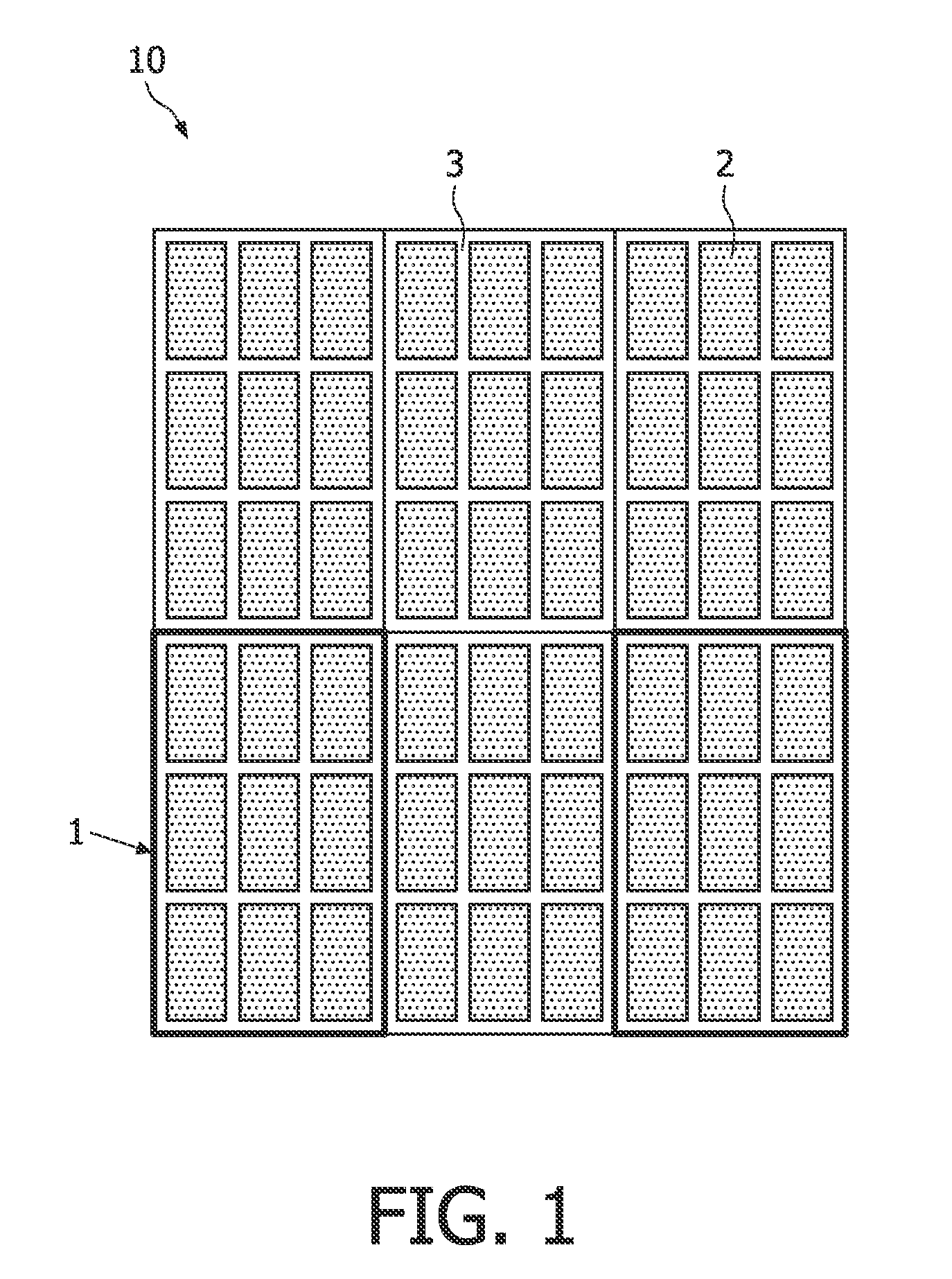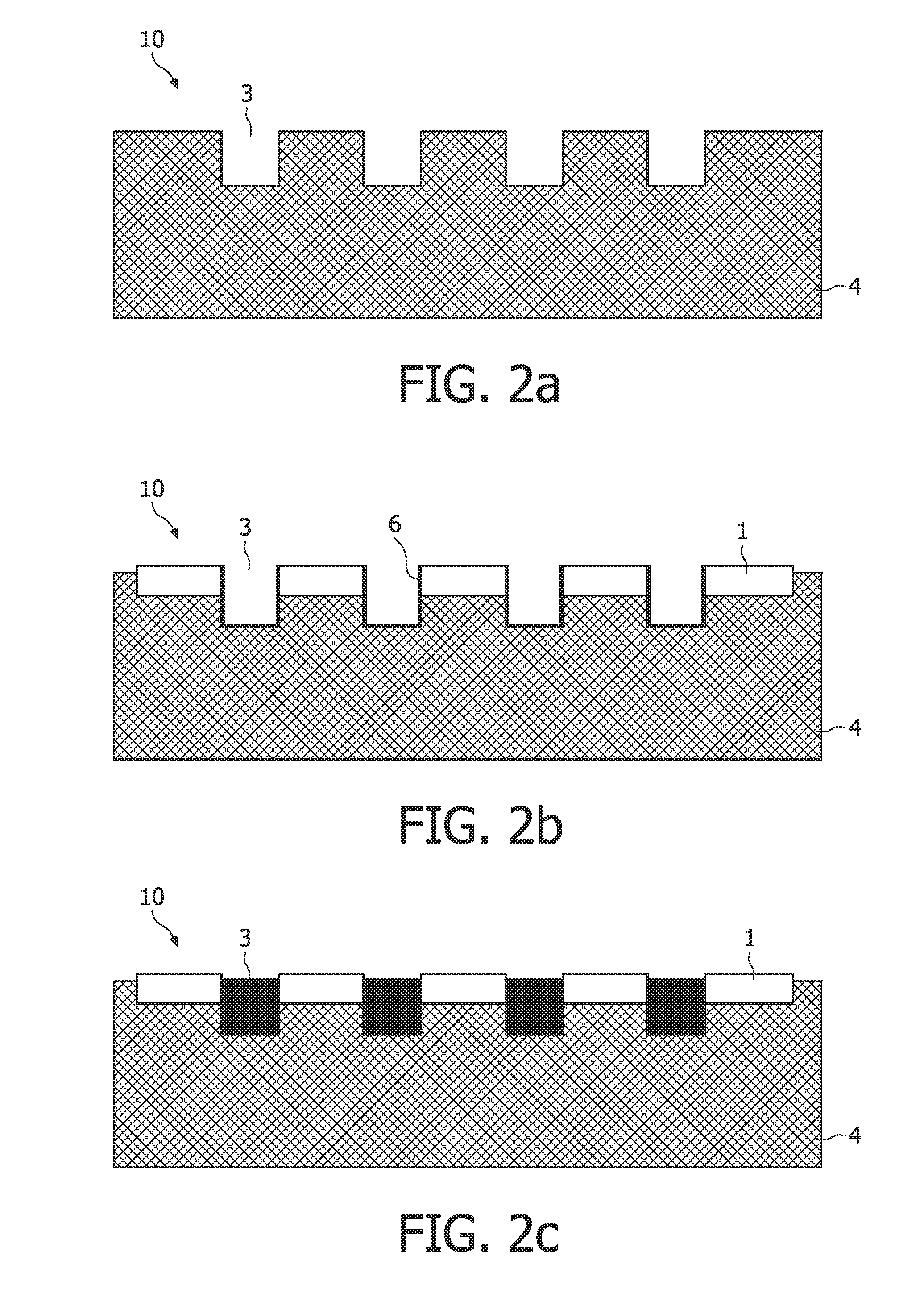Radiation detection and a method of manufacturing a radiation detector
a radiation detector and manufacturing method technology, applied in the direction of instruments, x/gamma/cosmic radiation measurement, semiconductor devices, etc., can solve the problems of deteriorating energy resolution, inter-pixel crosstalk, and high cost of cd(zn)te, so as to reduce crosstalk and manufacture the radiation detector cheap and simple
- Summary
- Abstract
- Description
- Claims
- Application Information
AI Technical Summary
Benefits of technology
Problems solved by technology
Method used
Image
Examples
Embodiment Construction
[0024]“Spectral CT” is considered to have the potential of revolutionizing present CT systems in such a way that spectral information contained in the poly-chromatic X-ray beam generated by an X-ray tube and passing a scanned object is used to provide new and diagnostically critical information. The enabling technology for Spectral CT imaging systems is a detector which can provide a sufficiently accurate estimate of the energy spectrum of the photons hitting the detector behind the scanned object. Since for image reconstruction reasons the detector is also exposed to the direct beam, the photon count rates in a detector pixel seeing the direct beam are huge (approximately 109 photons per mm2 and second, i.e. 1000 Mcps per mm2). Readout electronics are however expected to be able to cope with not more than 10 Mcps. To limit the counting rates, it is possible to sub-structure the sensor part of a detector (in which an X-ray photon interacts and generates a charge pulse, which is furt...
PUM
 Login to View More
Login to View More Abstract
Description
Claims
Application Information
 Login to View More
Login to View More - R&D
- Intellectual Property
- Life Sciences
- Materials
- Tech Scout
- Unparalleled Data Quality
- Higher Quality Content
- 60% Fewer Hallucinations
Browse by: Latest US Patents, China's latest patents, Technical Efficacy Thesaurus, Application Domain, Technology Topic, Popular Technical Reports.
© 2025 PatSnap. All rights reserved.Legal|Privacy policy|Modern Slavery Act Transparency Statement|Sitemap|About US| Contact US: help@patsnap.com



